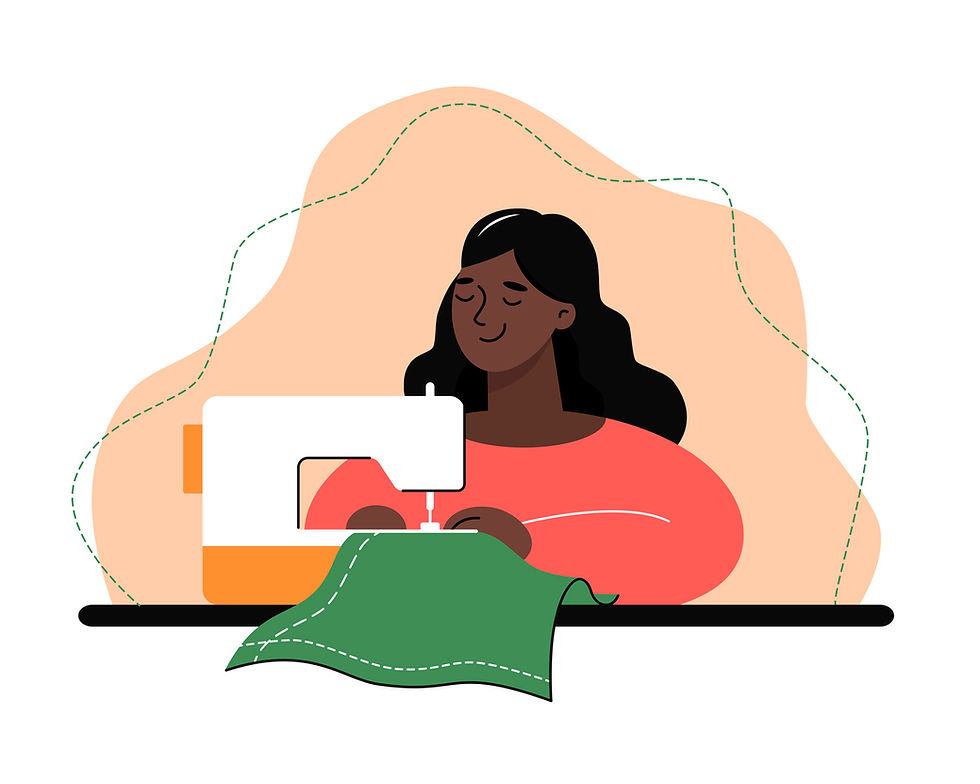Becoming a Knitwear Designer
- Joy Friedman

- Dec 31, 2021
- 2 min read

For years, I followed knitting patterns exactly as written for fear of venturing off course from the designer's intent. Over time, I gained confidence in my knitting skills and I used patterns more like a "recipe" and began adding my own design aesthetics to projects. I would change the ribbing; steek the pullover to create a cardigan; knit the pattern top-down rather than bottom-up, and use a different stitch pattern rather than the one that was called for by the designer. For example, the picture below is of me in the "Main Squeeze Cardigan" by Jen Geigley. The sweater coat was designed to be knit in a textured stitch pattern, but I loved how the Lion Brand Wool-Ease Thick and Quick yarn in Blackstone colorway looked after swatching in reverse stockinette stitch. I continued to follow the pattern instructions but used a different stitch than was called for by the designer. Although it felt nice wearing a somewhat "one-of-a-kind" sweater coat, I still relied heavily on the designer's sizing, shaping, and finishing details.

The ability to work from home during the early months of the pandemic provided me with an opportunity to learn more about designing, pattern writing and grading. I relied heavily on Sister Mountain’s blog and free tutorials on her website. I read books such as Shirley Paden’s "Knitwear Design Workshop: A Comprehensive Guide to Handknits," Amy Herzog’s "Ultimate Sweater Book," Kate Atherley's "The Beginner's Guide to Writing Knitting Patterns," and Cheryl Brunette's "Sweater 101: How to Plan Sweaters the Fit and Organize Your Knitting Life at the Same Time." From these resources, I learned valuable insight into sizing, proportional ease, and knitter's math.

Needless to say, I made lots of mistakes designing my first sweaters. Yet, I always discovered something new from those mistakes. I also discovered the type of designer I was. I enjoy designing patterns that are simple yet have elements of difficulty to maintain the knitter's interest.






Comments